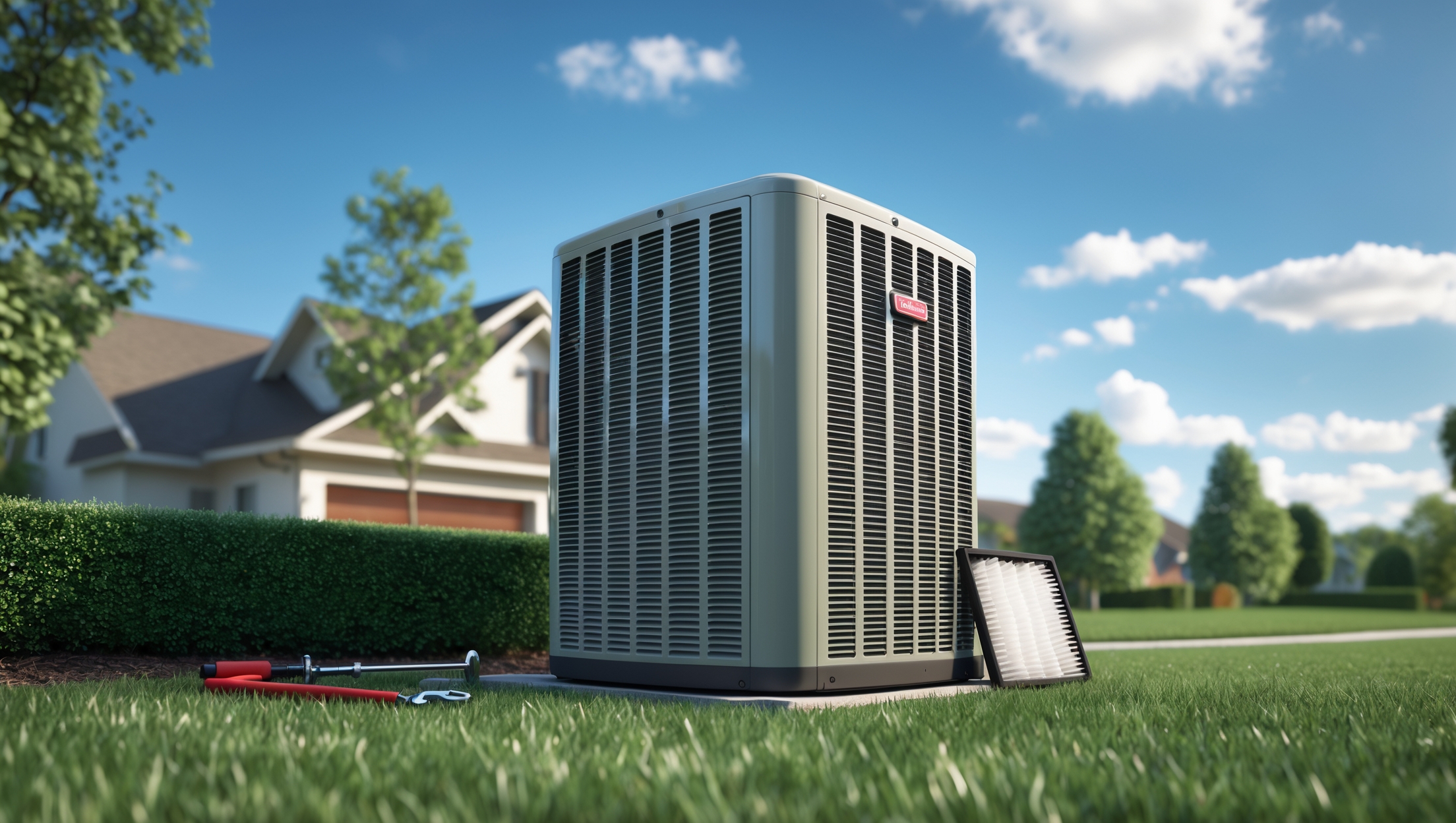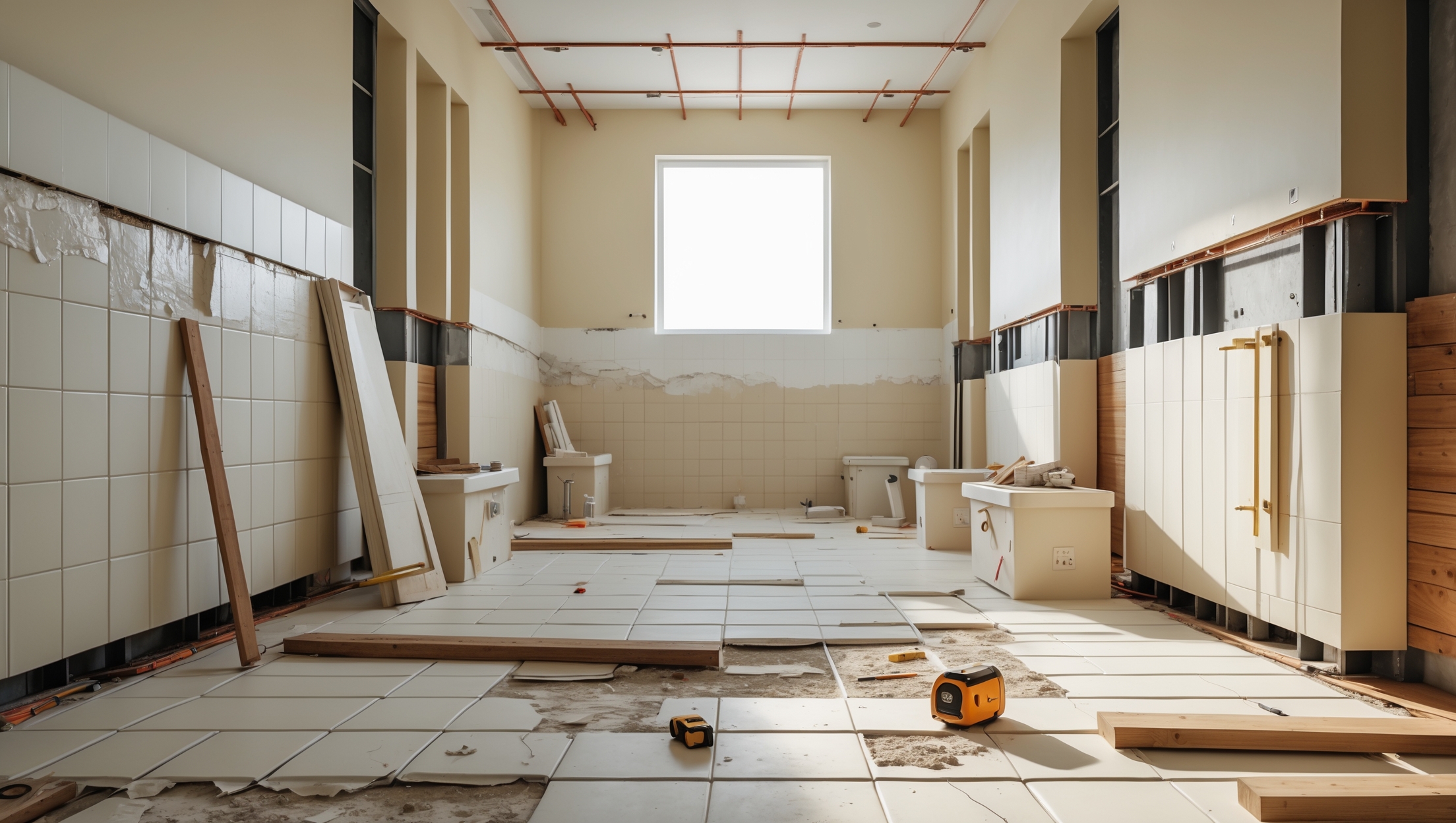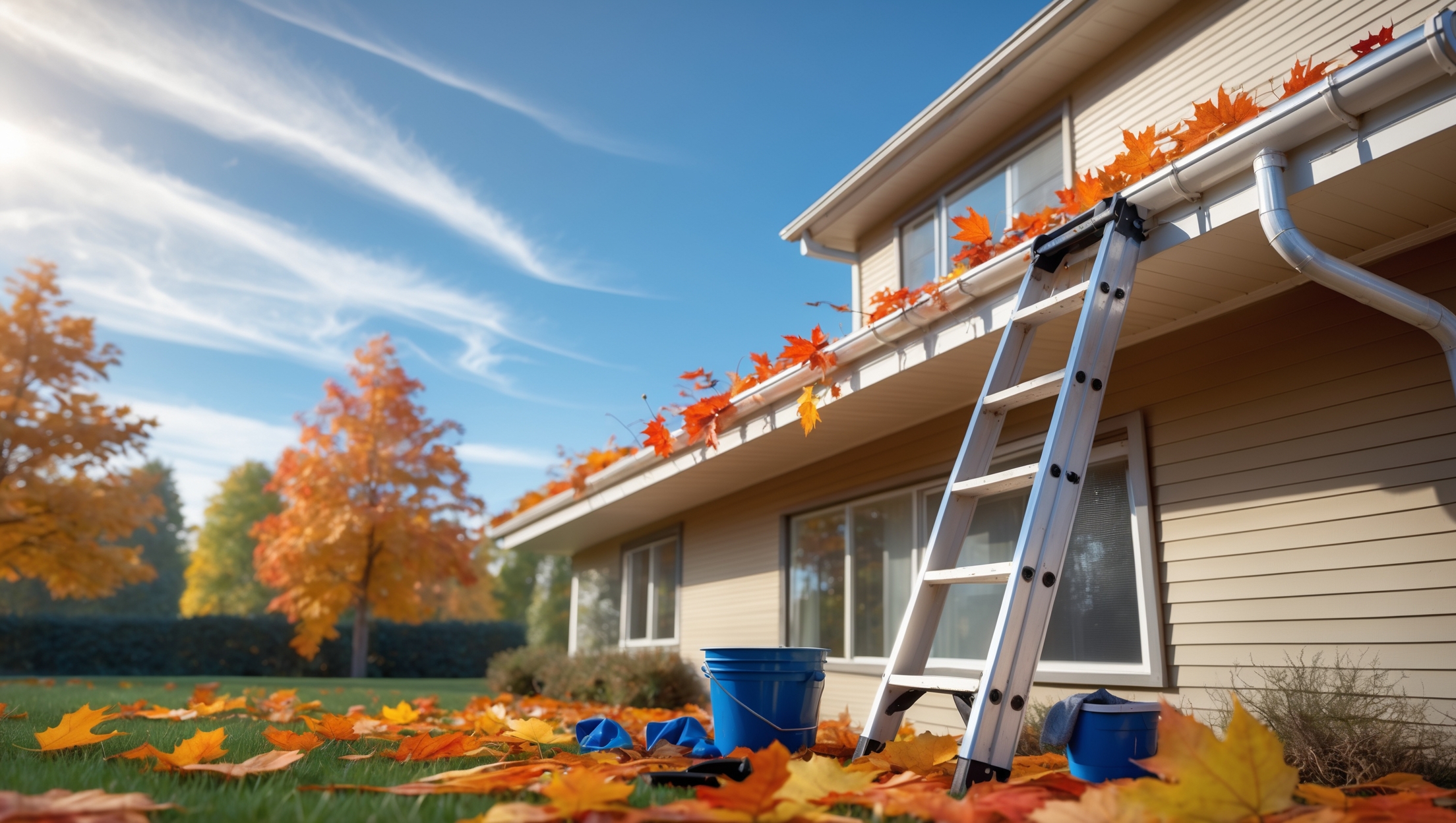Introduction: Why Seasonal HVAC Maintenance Matters
Heating, ventilation, and air conditioning (HVAC) systems are the quiet workhorses of our homes, responsible for year-round comfort and indoor air quality. Yet for many homeowners, HVAC maintenance is out of sight and out of mind—until something breaks down. Regular, seasonal HVAC care is the key to extending your system’s lifespan, cutting energy bills, and avoiding emergency repairs. This detailed checklist is designed to help homeowners of any experience level perform proactive, effective maintenance throughout the year. By following these expert-backed steps, you’ll ensure your HVAC system runs efficiently, keeps your home comfortable, and avoids costly surprises down the road.
Whether you’re preparing for summer’s heat or winter’s chill, each season brings unique demands on your HVAC equipment. Neglecting even small tasks—like changing filters or cleaning coils—can lead to reduced efficiency, higher utility bills, and early system failure. Fortunately, most preventative maintenance can be performed by homeowners with minimal tools and a bit of diligence. In this comprehensive guide, we’ll break down what to do each season, explain why each step matters, and provide practical tips to help you get the most out of your investment in home comfort.
Spring: Prepare for Cooling Season
1. Replace or Clean Air Filters
Start the season by replacing disposable HVAC filters or cleaning reusable ones. Clogged filters restrict airflow, reduce efficiency, and stress your system. Most filters should be replaced every 1–3 months, but check your manufacturer’s recommendations.
2. Inspect and Clean Outdoor Condenser Unit
The outdoor unit (condenser) needs unobstructed airflow. Remove any debris, leaves, or branches from around the unit. Gently hose down the coils to remove dirt—avoid using high pressure, which can bend fins. Use a soft brush or coil cleaning spray if necessary.
3. Check and Clear Condensate Drain Line
Clogged drain lines can cause water leaks and humidity problems. Locate the drain line (usually a white PVC pipe) and ensure it’s clear. Pour a cup of distilled vinegar down the line to inhibit mold growth.
4. Inspect Ductwork for Leaks
Leaky ducts waste cooled air and increase energy costs. Inspect visible ductwork for gaps, loose connections, or holes. Seal leaks with mastic sealant or metal tape—not standard duct tape, which degrades over time.
5. Test Thermostat Functionality
Switch your thermostat to cooling mode and set the temperature a few degrees below room temperature. Listen for the system to engage and ensure cool air is coming from the vents. This is also a good time to replace thermostat batteries if applicable.
6. Schedule Professional Inspection
While many tasks are DIY-friendly, an annual professional inspection is invaluable. A technician will check refrigerant levels, electrical connections, and system operation, catching issues homeowners might miss.
Summer: Optimize for Peak Performance
1. Monitor Filter Condition Monthly
During heavy use, filters may clog more quickly. Check filters each month and replace as needed to maintain airflow and indoor air quality.
2. Keep Outdoor Unit Clear
Continue monitoring the outdoor condenser for grass clippings, weeds, or other obstructions. Trim plants so there’s at least 2 feet of clearance around the unit.
3. Inspect Insulation on Refrigerant Lines
Look at the foam insulation on the refrigerant lines leading to your outdoor unit. Damaged or missing insulation reduces efficiency; replace it as needed with pre-slit pipe insulation sleeves.
4. Listen for Unusual Noises
Grinding, squealing, or rattling sounds may signal developing problems like loose parts or worn bearings. Address these noises promptly to prevent bigger breakdowns.
5. Check for Ice Build-Up
Ice forming on the outdoor unit or refrigerant lines often indicates poor airflow or low refrigerant. Turn off the system and call a professional if you notice ice accumulation.
Fall: Prepare for Heating Season
1. Replace Air Filters
Always start the heating season with a fresh filter. This ensures proper airflow and reduces allergens circulated by the system.
2. Inspect Furnace Burner and Blower
If you have a gas furnace, visually inspect the burner flame—it should be blue and steady. Dust and vacuum around the blower compartment to remove lint and debris. If you notice soot or an irregular flame, call a technician.
3. Test Carbon Monoxide and Smoke Detectors
Heating season increases the risk of carbon monoxide leaks. Test all detectors and replace batteries annually. Consider upgrading to smart detectors for added safety.
4. Check Thermostat Programming
Adjust your thermostat schedule for cooler weather. If you have a programmable or smart thermostat, set efficient heating schedules to reduce energy waste.
5. Inspect and Clear Vents and Registers
Make sure all supply and return vents are open and unobstructed by furniture, rugs, or curtains. Vacuum dust and pet hair from registers for better airflow.
6. Schedule Annual Heating System Service
Book a professional service for your furnace or heat pump. The technician will check heat exchangers, test ignition systems, and ensure safe operation before cold weather arrives.
Winter: Maintain Safe and Effective Heating
1. Monitor Filter Monthly
Heating systems also rely on clean filters. Inspect monthly and replace as needed, especially if your home has pets or high dust levels.
2. Keep Outdoor Vents and Exhausts Clear
Snow, ice, and debris can block outdoor vents for furnaces and heat pumps, causing dangerous backdrafts or shutdowns. Regularly check and clear all outdoor exhausts.
3. Listen and Smell for Unusual Signs
Pay attention to strange smells (burning, musty, or gas odors) and noises (banging, clicking, or whistling). Unusual signs may indicate mechanical issues or safety hazards—address them immediately.
4. Monitor System Cycling
If your system is cycling on and off rapidly (short cycling), this could signal a clogged filter, thermostat issue, or equipment malfunction. Troubleshoot simple fixes, but consult a pro if the problem persists.
5. Review Energy Usage
Compare your energy bills month-to-month and year-to-year. Unexplained spikes can signal inefficiency or developing problems. Proactive adjustments can keep your costs in check.
Year-Round Maintenance Best Practices
1. Maintain a Clean System Environment
Keep the area around indoor units, closets, and utility rooms clean and clutter-free. Avoid storing items close to the HVAC equipment, which needs space for safe operation and airflow.
2. Track Maintenance with a Checklist
Use a maintenance log or digital app to record filter changes, inspections, and repairs. This helps you stay on schedule and provides useful information if you need to call a technician.
3. Know Your System’s Age and Warranty
Locate your system’s model and serial numbers, and keep warranty documentation handy. Knowing your equipment’s age and coverage can help you plan for eventual replacement and avoid costly out-of-pocket repairs.
4. Upgrade to Smart Controls
Consider installing a smart thermostat or sensors. These devices can optimize scheduling, provide maintenance reminders, and even alert you to issues when you’re away from home.
When to Call a Professional
- Unusual or persistent noises and odors
- System not heating or cooling effectively
- Frequent cycling or failure to start
- Leaks or water pooling around equipment
- Visible mold, soot, or rust on any components
While many tasks are DIY-friendly, don’t hesitate to call a licensed HVAC technician for complex repairs, refrigerant handling, or if you have any doubts about safety.
Essential Tools and Supplies for DIY HVAC Maintenance
- Replacement air filters (check your system’s size and type)
- Soft brush and vacuum cleaner
- Garden hose with spray nozzle
- Coil cleaning spray (for stubborn dirt)
- Pipe insulation sleeves
- Mastic sealant or UL 181 metal tape for duct sealing
- Distilled vinegar for condensate line cleaning
- Screwdrivers and adjustable wrench
- Maintenance log or checklist (paper or digital)
- Fresh batteries for thermostats and detectors
Conclusion: Consistency Pays Off
Maintaining your HVAC system isn’t just about preventing breakdowns—it’s about preserving comfort, safety, and value in your home. By following this seasonal maintenance checklist, you take charge of your home’s environment and energy efficiency. Regular filter changes, diligent inspections, and prompt attention to small issues can add years to your HVAC system’s lifespan while keeping utility costs manageable. This proactive approach also helps you spot potential hazards early, protecting your family from risks like carbon monoxide leaks or electrical malfunctions.
Remember, a little attention each season goes a long way. Set reminders, track what you’ve completed, and don’t hesitate to bring in a professional for annual servicing or when unfamiliar problems arise. Your HVAC system is a significant investment—protect it with the care it deserves. By integrating these best practices into your home maintenance routine, you’ll enjoy year-round comfort, peace of mind, and the satisfaction of a well-run household, regardless of the weather outside.




